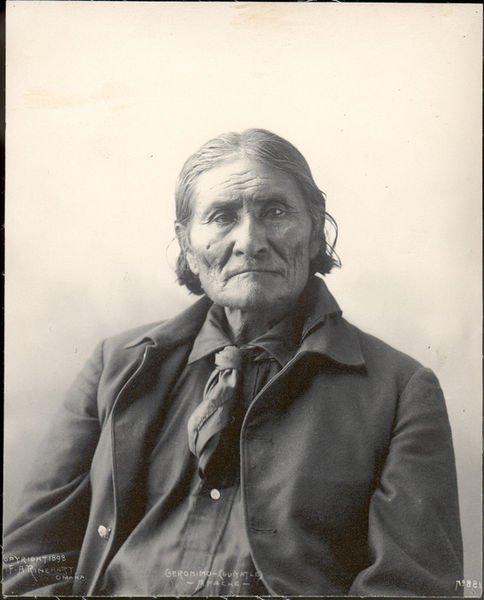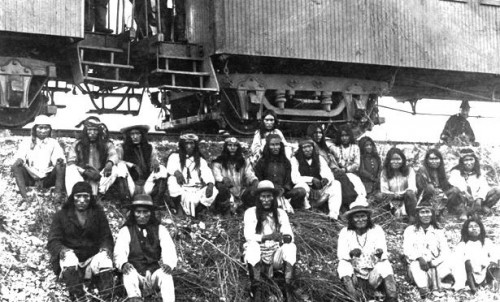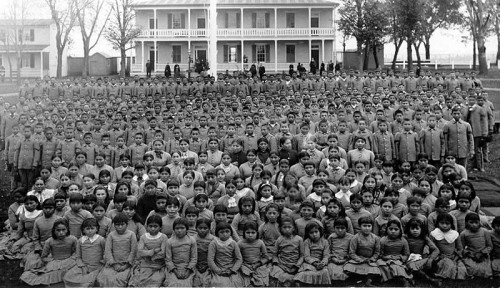Take 5: Another look at Henry Shaw as his 213th birthday approaches
by website@stlbeacon.org (Kristen Hare)

In Shaw’s time, Colligan says, he began a herbarium, which is basically a library of dried plant specimens. When Shaw started, the herbarium had about 60,000 specimens. Today, it’s about 6.5 million.
Wednesday, July 24, marks the anniversary of Shaw’s birthday, and to celebrate, admission to the garden is free from 9 a.m. to 5 p.m.
To help us understand Shaw and the impact of his initial vision, Colligan spoke with the St. Louis Beacon about the man, the times in which he lived, and the impact his vision had. Answers have been edited for length.
Beacon: Shaw came to St. Louis at just 18 to open a hardware business. Forty years later, he opened the Missouri Botanical Garden. What happened during those 40 years that inspired him to create the garden?
Colligan: Shaw initially came to St. Louis in 1819. Riverboat travel had only come up to St. Louis the year prior, in 1818, and he came aboard a ship called The Maid of New Orleans. He saw that St. Louis was geographically located on a good spot on the river.

During the 1840s and into the early 1850s, he did three trips abroad. He went on what they would have called the Grand Tour of Europe. He saw all the famous historical sites and also during this time visited many beautiful gardens in Europe, some public, many private.
We have his travel diaries; he visited the Great Pyramids of Giza and he also visited areas around the Mediterranean. His last trip abroad was in 1851 and he saw The Great Expedition of 1851 in London. He also visited the private gardens of Chatsworth. It was later in his life when he was recalling things to his only official biographer that he alluded to the fact that it was during his walk in Chatsworth that he thought, I would like to do something like this on a smaller scale back in my adopted city of St. Louis.
So he brought those ideas inspired by his trips back with him to start the Missouri Botanical Garden. Was that happening around the country at the time, or was he a pioneer in the U.S. with these ideas?

Shaw isn’t just associated with the garden, but also some other notable St. Louis institutions. Can you talk about his role in places such as Tower Grove Park and the Mercantile Library?
Colligan: Shaw’s second gift to the city, of course, is Tower Grove Park. Over the years he became aware of how city politics ran things, so he was very careful in that he wanted to make sure that things he established would stand the test of time. Shaw’s will, in 1859, clearly laid out in legalese how the garden would be established and he did a similar thing for Tower Grove Park. But he did not want his garden to fall prey to city politics, in particular City Hall. He made it where the garden is not a park. It does not fall within the St. Louis Parks division. It operates individually.
He established Tower Grove Park and actually gives it to the city, but it has its own commissioner; it has its own board. It operates as a St. Louis park, but yet it does not. They have their own grounds keepers and staff.
When Shaw died, they started a board of trustees, established it for the garden. One of the first things that happened was the mayor’s office told the board of trustees that they should have their meetings down at City Hall. They were able to tell the mayor, "Thank you, but no thanks," and that was pretty much the end of it.

Colligan: Maybe one thing people may not realize is for a time between 1828 and 1855, Shaw was a slave owner. When he came to St. Louis, he wrote back to family that he was against that practice, it had been outlawed in England. He was disgusted with the practice. We don’t really know what changed his mind ... was it a manner of business? His ownership of slaves ends prior to his establishment of the Missouri Botanical Garden.
But one thing that’s somewhat frustrating about Shaw is that we don’t really have his personal papers. We don’t have a whole lot. His business papers are well documented. The receipt from the nursery from the first planting of the Missouri Botanical Garden, we can look at that and see what he bought. But we don’t have his love letters.
He was a life long bachelor. The closest thing is that he was sued for breach of promise by a woman named Effie Carstang in the late 1850s, just prior to the garden opening. And that’s the closest thing to a salacious love story with Henry Shaw. And it really is not that exciting. He loaned her a piano. She took it as an intent to marry. He asked for the piano back. And she sued for breach of promise. We can even go into the Shaw papers and see that the piano is more or less listed as a loan. It’s kind of hard to fit a piano on your ring finger.
It is somewhat frustrating. His thoughts on, say, the Civil War, we don’t know. We do know after the Civil War he did hire a number of African Americans, one was more or less his right-hand man and continued to live on Garden grounds until the 1930s and had nothing but good things to say about Henry Shaw.
Now, the Missouri Botanical Garden is a National Historic Landmark, with 79 acres of gardens and an international center for research and conservation. Looking back at plans and documents from Shaw’s time, what do you think he expected the Garden to become?
Colligan: One thing that's worth mentioning is that botany was kind of in its infancy when Shaw established the garden. I would say it really isn’t until more or less the turn of the century that botany becomes the botany that we’re familiar with and we studied in school.
He wanted it to be a world-class institution. He wanted it to be a world-class institution in research and in horticulture and I think that as far as research, we’re always ranked in the top three: the Kew, the New York Botanical Garden, and us. I think he’d be very proud of that.
Aand when you think of it as a display garden, we have the largest Japanese garden in North America. I think he’d be amazed at how much the city has changed and how much the garden has changed. The landscape has changed dramatically since Shaw’s time.
We still have buildings here like Tower Grove House, Linean House, his mausoleum. Those things have been constant while the garden has changed around them. I think when you look at research and horticulture, I think he’d be very pleased not only that the garden is still existing, but it’s at the forefront.




























